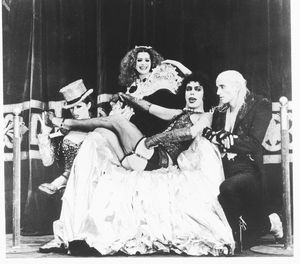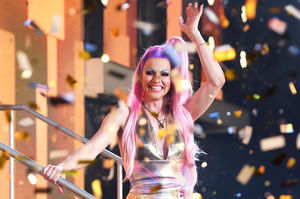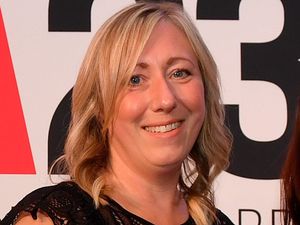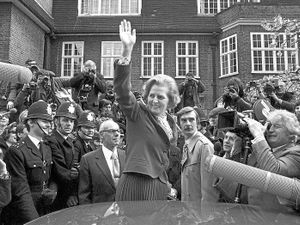Dragging feet is no option for our culture
With a ‘hiiieee’, a ‘hallelloo’, an ‘oh honey’ and a ‘hey kitty girls’ - the art of drag has sashayed out of artistic obscurity right into the heart of mainstream popular culture.

Over the last decade, drag has gained undeniable popularity, moving from the fringes of society into something more widely accepted. But how?
Drag refers to a person who usually dresses in hyper-feminized or gender non-conforming clothing for the purpose of entertainment. We traditionally think of drag as a man impersonating a woman, but artists can be any gender, and come from any background.
From the 1870s to the 1920s, pantomime began the rise of drag - oh yes it did! In those days however, drag was used as a way of mocking women, as men would put on acts to characterize femininity.
It wasn’t until the 1920s and 30s that the first LGBT bars and meeting places began to be created. The 1950s and 60s however, saw authorities begin to crack down on the LGBT community, with many people even being arrested for doing drag.
It wasn't until the 1980s that drag became a more mainstream and acceptable cultural phenomena. Drag queens were finally being acknowledged by the public, with many of them starring in TV shows and movies such as cult legend Divine, and even Tim Curry donning a corset and boots in The Rocky Horror Picture Show.

In the 1990s - the reign of RuPaul began. The actor, model, singer, songwriter and iconic queen rose to stardom with the release of hit single Supermodel. RuPaul went on to change the face of drag forever with the first season of RuPaul’s Drag Race in 2009, creating a true cultural phenomenon.
The reality competition, modelled after America’s Next Top Model, sees contestants compete in a number of challenges to win the title of America’s Next Drag Superstar.
Though a simple set up, the franchise has now spawned 10 seasons, three spin-off All Star seasons, has won RuPaul two Emmy Awards, and has been nominated for four Critic’s Choice awards.
It has launched the careers of more than 100 drag queens that have competed on the show, with All Stars 3 winner Trixie Mattel and All Stars 2 fan favourite Katya Zamolodchikova achieving their very own television show, and season six front-runner Courtney Act winning this year’s Celebrity Big Brother.
Queens are propelled from working in bars in their hometowns, to touring the world and earning a living from their passion, all down to one simple TV show.

More than this, Drag Race has brought drag and LGBT culture into the public eye to be celebrated. The show has tackled a variety of subjects such as religion and sexuality, rejection, bullying and more to connect with viewers who may be experiencing a similar situation.
Queens on the show has even discussed historical moments such as the Stonewall riots and the AIDs crisis to educate the wider world on the struggles LGBT people have faced.
As we see the culture and nature of drag change, we see the evolution of society with this subculture to reflect a welcoming and equal environment.
The question must be asked as we witness this rapid change - what does the future of drag have instore for us all? I, for one, can’t wait to find out.





